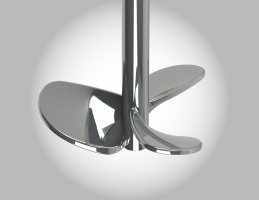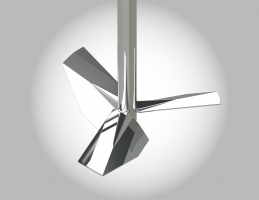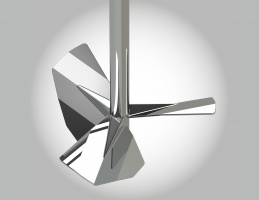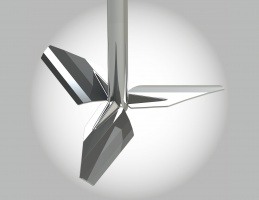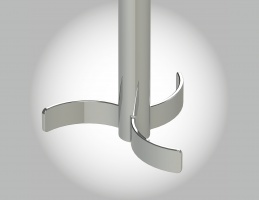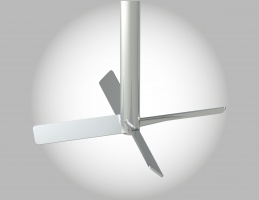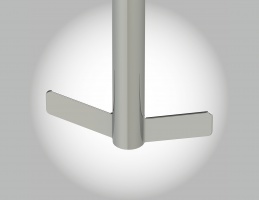Applications > Suspension
Suspension is a process that allows the dispersion of a solid in a liquid when a liquid/solid mixture is mixed. This operation is carried out by stirring so that the movement generated and its energetic power carries the solid particles (solid phase) into the continuous liquid phase. Suspension is therefore a system that remains heterogeneous. It is suitable for mixing all types of solids or powders, whatever their size, shape or density.
In industry, this process is generally implemented by the technique that combines tank and agitator. Suspension is considered complete when no solid particles remain stable at the bottom of the tank or on the surface of the moving liquid.
Thus, not only must the solid parts be detached from the bottom of the tank and not appear on the surface, but also the power generated for the suspension must be sufficient to prevent the redeposition of the solid particles or their rising to the surface of the liquid.
Suspension is a step associated with the process of maintenance in suspension, which ensures and maintains the homogenisation of a solid/liquid mixture.
Frequently used in the chemical, pharmaceutical, cosmetic or food processing industries, suspension operations are carried out in tanks (or other reservoirs) by means of stirrers equipped with mobile devices such as turbines or propellers, and sometimes with anchors.
Compared to a solution, suspension makes it possible to improve the chemical stability of certain active ingredients, as is the case in the pharmaceutical industry for the preparation of certain antibiotics.
The quality of the mixture to carry out this operation depends on many parameters: stirring speed, dynamic viscosity of the liquid phase, mass and volume fraction of the solid particles, or even the diameter of the tank and the angle of inclination of the blades of the mobile ensuring the movement.
The correct consideration of these data is an essential prerequisite for determining and opting for the most suitable system, as well as a major challenge for the optimization of any industrial application requiring a suspension process.
In the suspension process, propellers and turbines are the most commonly used stirring mobiles, especially models offering a high shear rate for mixtures involving solids that are denser than liquids.



